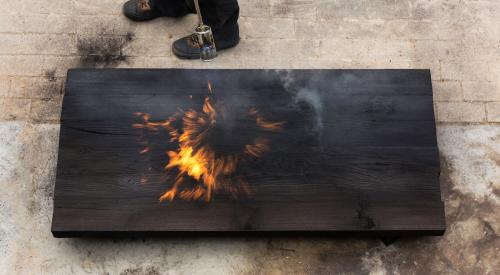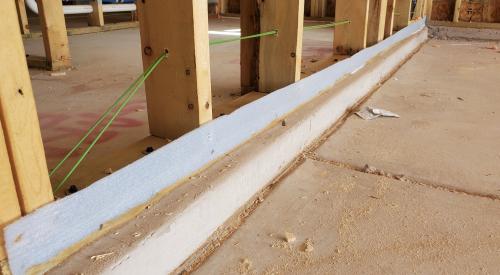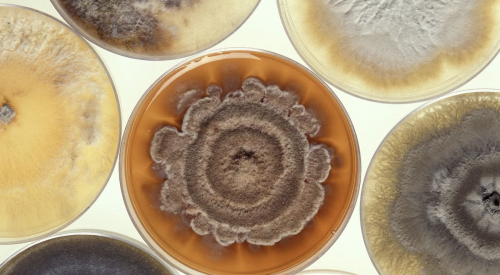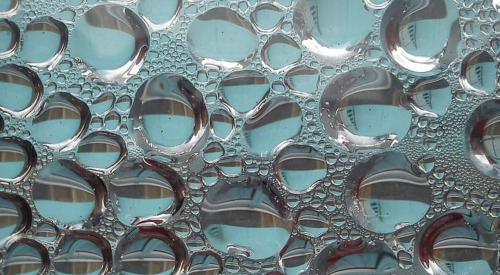At a moisture content of greater than 25%, wood is subject to decay or fungus. Put wood in an area where the average daily temperature is 70 to 85 degrees, and the rate of decay accelerates. However, wood exposed to excessive moisture within any building wall in any climate, particularly one with a low drying potential, will grow mold and rot.
Durability by Design, a new publication from PATH, the Partnership for Advancing Technology in Housing, raises the awareness and understanding of building durability as a design consideration in housing. Topics covered include ground and surface water, sunlight, insects, natural hazards and protection against decay and corrosion. Durability checklists make it easier for builders to integrate this issue into the new home design process.
There are three options to prevent wood decay:
Protect or separate wood from moisture. Within a building, the moisture content of wood typically reaches equilibrium with the surrounding environment at a moisture content of 8% to 12%. However, in constantly damp locations or areas of extremely high humidity, the moisture content can increase to saturation, roughly 30%. In most cases this condition results when the separation between wood and ground moisture is inadequate. The illustration above shows common building code requirements for separating wood from ground moisture.
Use naturally decay-resistant wood. These species include black locust and heartwood of bald cypress, redwood and cedar.
Use preservative-treated wood. If the separation documented in the illustration isn't possible - and as a reasonable precaution in all cases - wood sills and all other elements in direct contact with the ground or concrete/masonry near ground level should be preservative-treated. Finishing options include water repellents, water-repellent preservatives, pigmented penetrating stains, solid color stains and paints.
To download a free copy of the Durability by Design manual, visit http://huduser.org.











